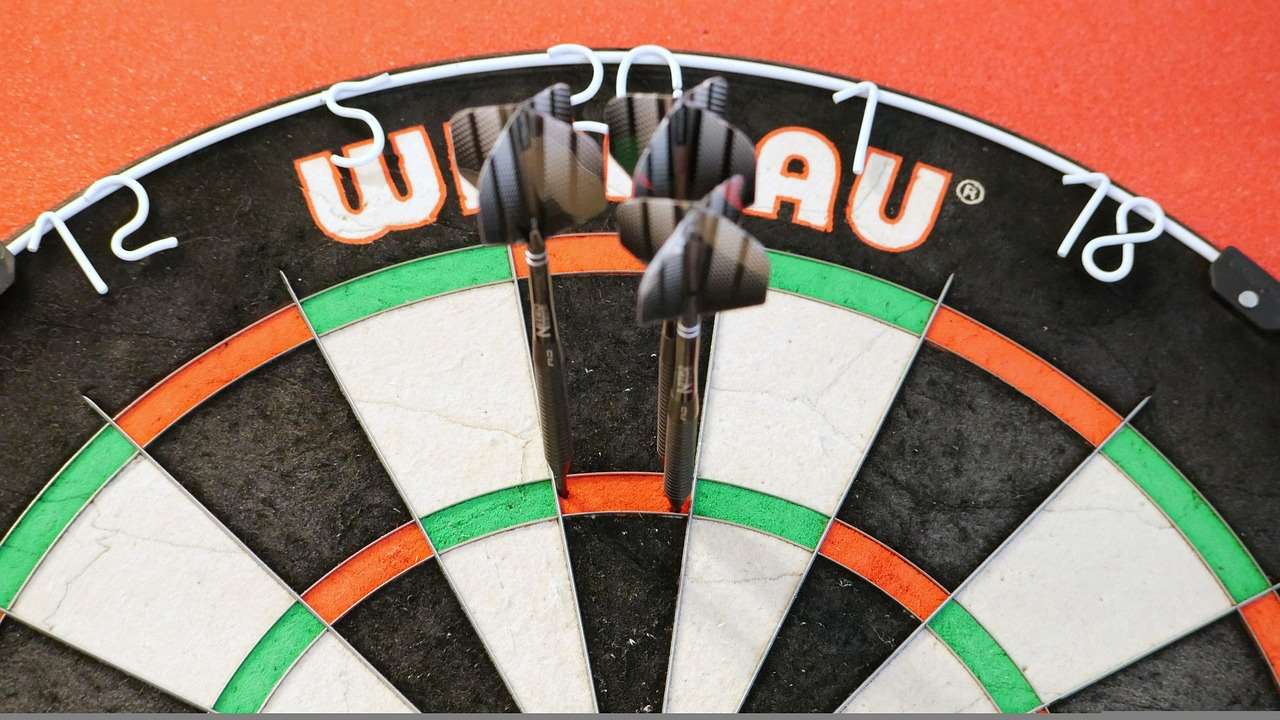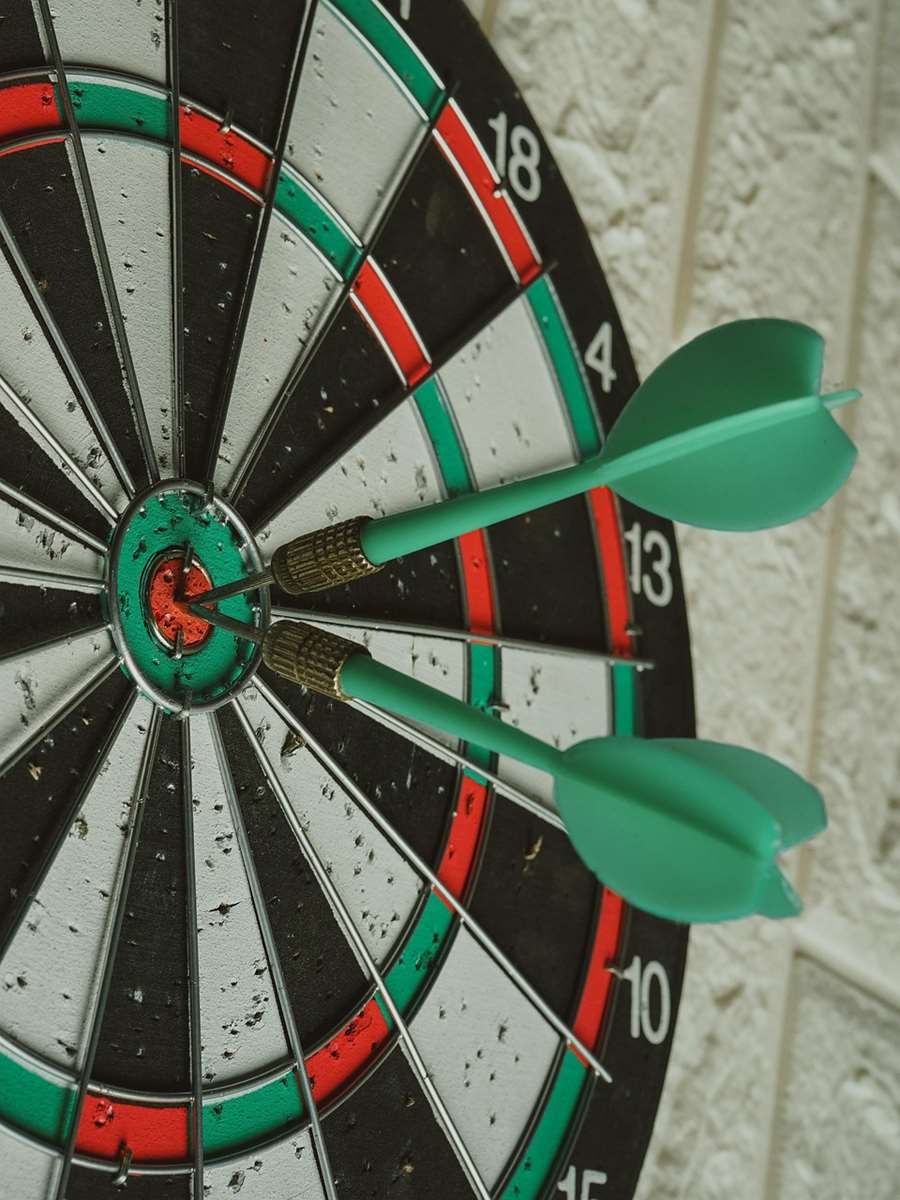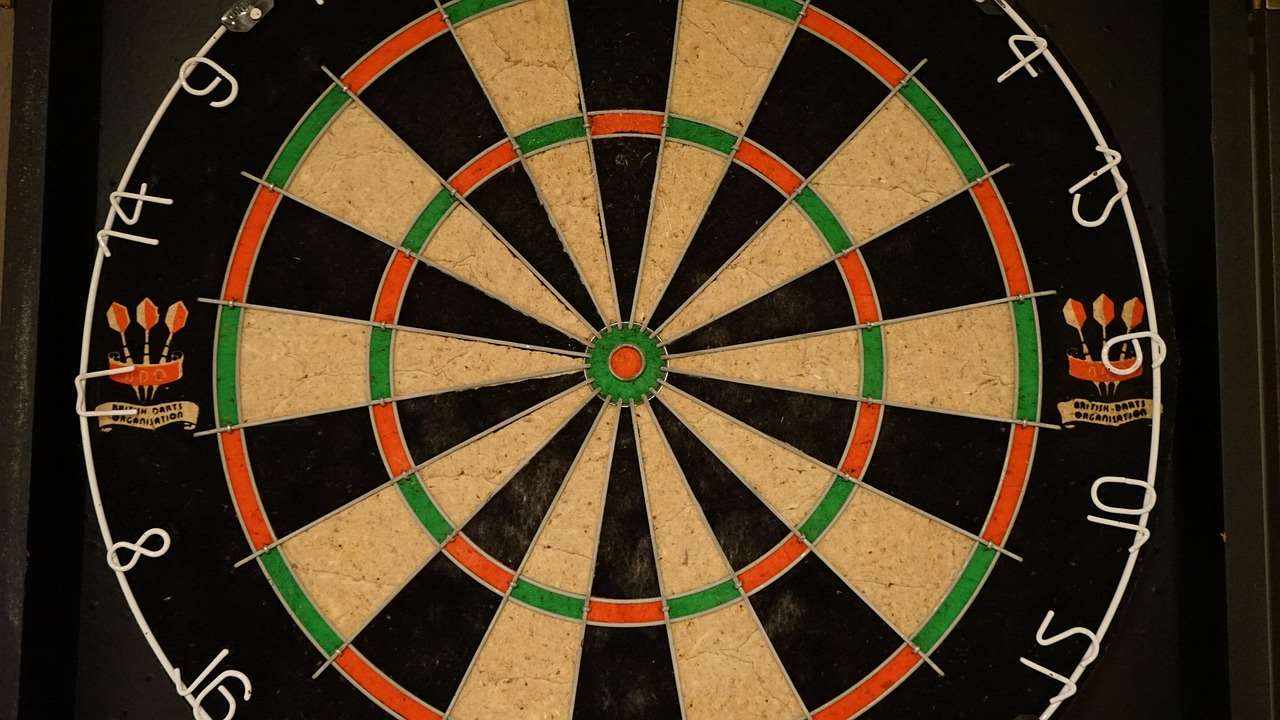Choosing the right **material for darts** is crucial, and the considerations differ significantly when comparing **Material For Beginners Vs Pros**. Beginners often prioritize affordability and ease of handling, while professionals demand precision and durability. This article delves into the specific dart materials suitable for various skill levels, examining the pros and cons of each, and helping you make the best choice for your game.
⚠️ Still Using Pen & Paper (or a Chalkboard)?! ⚠️
Step into the future! The Dart Counter App handles all the scoring, suggests checkouts, and tracks your stats automatically. It's easier than you think!
Try the Smart Dart Counter App FREE!Ready for an upgrade? Click above!
Understanding Material For Beginners Vs Pros
When you’re first starting out with darts, the sheer number of options can be overwhelming. But when it comes to **dart materials**, beginners often look for a different set of qualities than experienced players. Professionals, on the other hand, have different needs driven by years of experience and a finely tuned sense of what works best for their specific throwing style. This difference in priorities highlights the key distinctions in **Material For Beginners Vs Pros**. Think about it: a casual player might be perfectly happy with a set of brass darts, while a professional would likely scoff at the idea and reach for their high-tungsten set.

Ultimately, the best **dart material** is the one that feels most comfortable and performs best in your hands. As a beginner, it’s crucial to experiment with different types of darts to discover your preferences. Over time, you can transition to more advanced materials as your skills improve and your needs evolve.
Beginner-Friendly Dart Materials
For beginners, the primary focus should be on affordability and durability. Materials like **brass** and **nickel silver** are excellent choices for those just starting out. These materials offer a good balance of performance and cost, allowing new players to develop their skills without breaking the bank.
Brass Darts: The Affordable Choice
Brass darts are the most common and affordable option for beginners. They are relatively soft and easy to grip, making them a good starting point for learning proper throwing techniques. However, brass is also a bulky material, meaning that brass darts tend to be wider than darts made from other materials. This can make it more difficult to group your darts tightly on the board. If you’re trying to learn what **Cheap Dart Materials** are viable, then these are worth investigating. Still, brass darts are a solid option for casual players and beginners.
- Pros: Affordable, easy to grip, readily available.
- Cons: Bulky, less durable than other materials, can be prone to denting.
Consider exploring our article on the Brass vs Tungsten Darts Comparison to gain a better understanding of the strengths and weaknesses of each.
Nickel Silver Darts: A Step Up from Brass
Nickel silver darts offer a slight upgrade over brass in terms of durability and density. While still relatively affordable, nickel silver is stronger and more resistant to wear and tear. This material also provides a better grip than brass, allowing for more consistent throws. Be sure to investigate our Nickel Silver Darts Full Info article for more details.
- Pros: More durable than brass, better grip, slightly denser.
- Cons: Can still be bulky compared to tungsten, slightly more expensive than brass.
Professional-Grade Dart Materials
Professional dart players prioritize precision, durability, and a slim profile. **Tungsten** is the gold standard for professional darts, offering the highest density and allowing for the thinnest barrels possible. This is why understanding **Material For Beginners Vs Pros** is key.
Tungsten Darts: The Choice of Champions
Tungsten darts are significantly denser than brass or nickel silver darts. This means that a tungsten dart can be much slimmer than a dart made from a less dense material while maintaining the same weight. The slimmer profile allows for tighter groupings on the dartboard, which is crucial for achieving high scores. Tungsten’s density is absolutely crucial to consider when comparing **Material For Beginners Vs Pros**.
The **tungsten percentage** in a dart refers to the amount of tungsten used in the alloy. Higher tungsten percentages (80-97%) result in denser and slimmer darts. However, higher tungsten percentages also come with a higher price tag. You should also read our article on Tungsten Percentage Explained Darts for a more in-depth look at this factor.

- Pros: Slim profile, allows for tighter groupings, extremely durable, excellent grip options.
- Cons: More expensive than brass or nickel silver, can be more challenging to grip for beginners.
Other Considerations for Professional Darts
Beyond the material itself, professional dart players also pay close attention to the grip, weight, and balance of their darts. The grip is particularly important, as it affects the player’s control over the dart. Many professional darts feature intricate grip patterns that provide a secure and consistent hold.
Experienced players often refine their equipment over time, experimenting with different weights, shaft lengths, and flight shapes to find the perfect combination for their throwing style. This is a process of constant refinement, and it’s what separates the pros from the amateurs. You may find it helpful to review our Choose Best Dart Equipment guide.
Factors to Consider When Choosing Dart Material
Regardless of your skill level, there are several factors to consider when choosing a **dart material**. These include:
- Budget: Brass and nickel silver darts are more affordable than tungsten darts.
- Grip: Different materials offer different grip characteristics. Experiment to find what feels best for you.
- Weight: The weight of the dart is a personal preference. Heavier darts tend to be more stable in flight, while lighter darts are easier to throw.
- Balance: The balance point of the dart can also affect its flight characteristics. Some players prefer a front-weighted dart, while others prefer a center-weighted or rear-weighted dart.
- Durability: Tungsten darts are the most durable, while brass darts are the least durable.
Transitioning from Beginner to Professional Materials
As your skills improve, you may want to consider transitioning to a more advanced dart material. This doesn’t necessarily mean you have to switch to tungsten darts immediately. You can gradually transition by trying out darts with higher nickel silver content or lower tungsten percentages.

The key is to find a dart that feels comfortable and performs well for you. Don’t be afraid to experiment with different materials and configurations until you find the perfect fit. Ultimately, the best dart is the one that helps you achieve your best scores.
The Importance of Grip and Dart Material
The grip of your darts is intrinsically linked to the material you choose. Some materials lend themselves to certain grip styles more effectively than others. For instance, a beginner might find the softer texture of brass easier to grip initially, while a pro needs the consistent, often aggressive, knurling achievable on tungsten. Consider your current (or desired) grip style when weighing **Material For Beginners Vs Pros**.
Maintenance and Care for Different Dart Materials
Different **dart materials** require different levels of care to maintain their performance and longevity. Brass darts, being softer, are more prone to dents and may need occasional straightening. Tungsten darts, while more durable, can still accumulate dirt and oils that affect grip. Regular cleaning with a soft cloth is generally sufficient for most dart types.

For brass darts, you might consider using a mild polish to remove tarnish and restore their shine. Tungsten darts can benefit from occasional cleaning with a specialized dart cleaner to remove stubborn residue. Proper maintenance ensures your darts remain in optimal condition, regardless of the material.
Experimentation: The Key to Finding Your Perfect Dart
Ultimately, the best way to determine the ideal **dart material** for your skill level is to experiment with different options. Try out darts made from brass, nickel silver, and tungsten, and see which ones feel the most comfortable and perform the best for you. Borrow darts from friends, visit a local dart shop, or attend a dart tournament where you can try out different equipment.
Don’t be afraid to ask for advice from experienced players or dart professionals. They can offer valuable insights and recommendations based on their own experiences. Remember, the journey to finding your perfect dart is a personal one, and it may take some time and effort to discover what works best for you. You might find our Choose Right Dart Material Guide helpful.

Future Trends in Dart Materials
The world of dart materials is constantly evolving, with manufacturers continually exploring new alloys and manufacturing techniques. While tungsten remains the dominant material for professional darts, other materials, such as titanium and various composites, are being investigated for their potential benefits. These materials may offer enhanced durability, improved grip, or unique flight characteristics.
As technology advances, we can expect to see even more innovative dart materials emerge, offering players even greater opportunities to customize their equipment and optimize their performance. The future of darts is undoubtedly bright, with exciting possibilities on the horizon. Consider Why Choose High Tungsten Darts in the future, as well.
Conclusion
Choosing the right **Material For Beginners Vs Pros** depends heavily on experience level, budget, and individual preferences. Beginners often benefit from the affordability and forgiving nature of brass or nickel silver darts, while professionals typically opt for the precision and slim profile of tungsten. Experimentation and understanding the nuances of each material are crucial for optimizing your game. Now that you understand the differences, take action! Visit your local dart shop or browse online retailers, and start experimenting with different **dart materials** to find the perfect fit for your skill level and style. Good luck, and happy throwing!
Hi, I’m Dieter, and I created Dartcounter (Dartcounterapp.com). My motivation wasn’t being a darts expert – quite the opposite! When I first started playing, I loved the game but found keeping accurate scores and tracking stats difficult and distracting.
I figured I couldn’t be the only one struggling with this. So, I decided to build a solution: an easy-to-use application that everyone, no matter their experience level, could use to manage scoring effortlessly.
My goal for Dartcounter was simple: let the app handle the numbers – the scoring, the averages, the stats, even checkout suggestions – so players could focus purely on their throw and enjoying the game. It began as a way to solve my own beginner’s problem, and I’m thrilled it has grown into a helpful tool for the wider darts community.